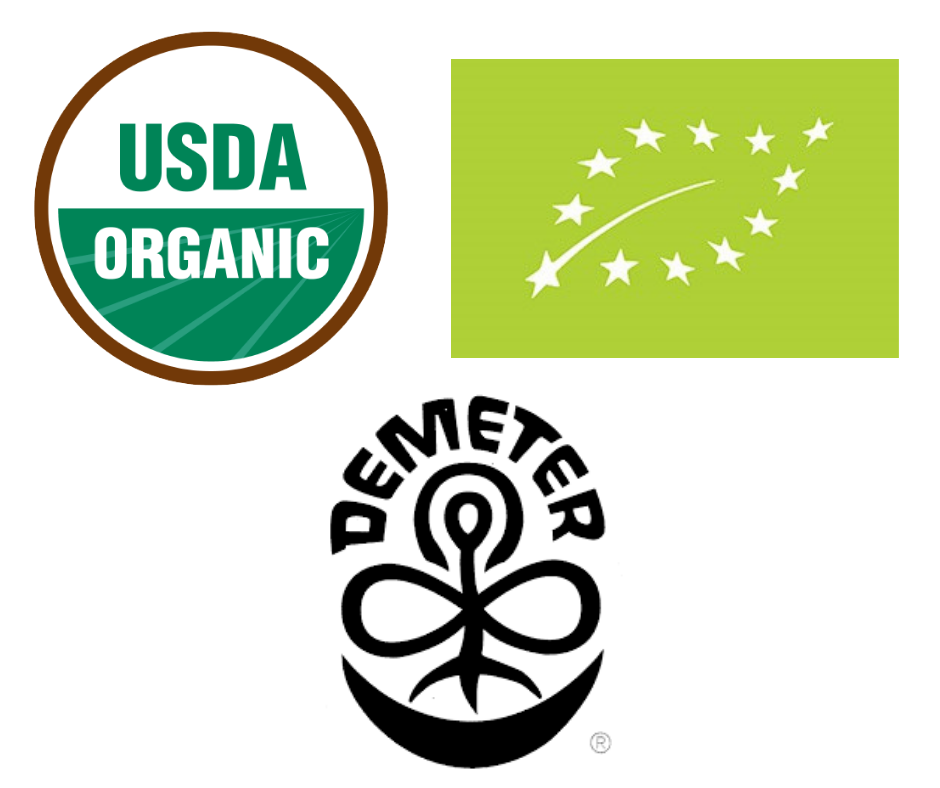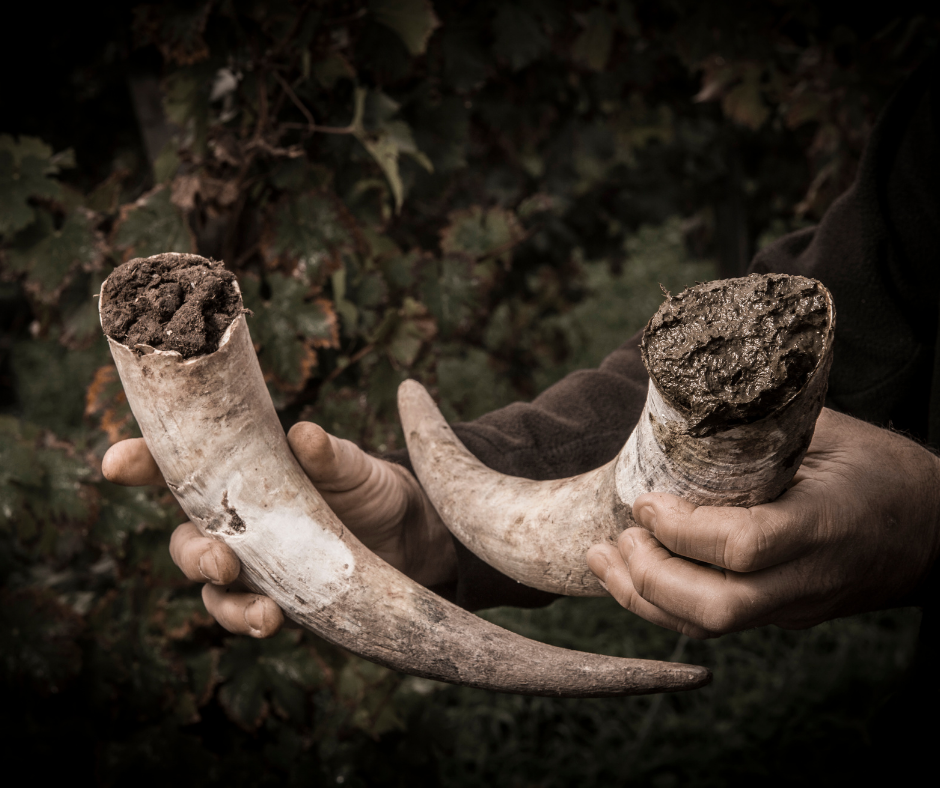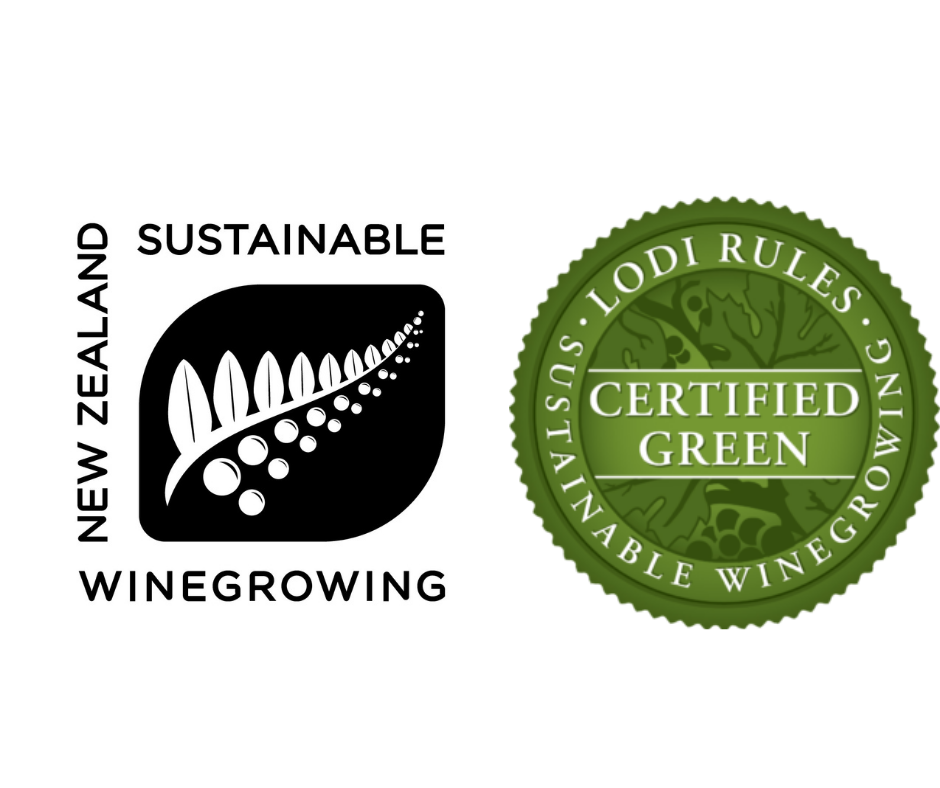It’s a challenge for consumers to understand what these terms mean and what is best for them. Let's take a sip and find out what it all means!
A Guide to Natural Wines
by Beth Richman
We’ve all heard the terms “organic,” “biodynamic,” “natural,” and “sustainable” thrown around. It’s not a new trend to be aware of what we put into our bodies or to choose to buy from farmers and producers who limit additives or manufactured ingredients. Wine is not excluded from these trends. But these terms are not easily defined—especially as the world of wine spans international borders—and it’s a challenge for consumers to understand what these terms mean and what is best for them.
The world of wine is divided into two main processes: Viticulture and Winemaking. These terms can be applied to identify how the grapes were grown and/or how the wine was made. In the vineyard, these labels will refer to the practices and substances utilized to maintain the grapes, vines, and surrounding land. In winemaking, they refer to whether or not additives were used, but the focus is on the use of sulfites. Sulfur is an inorganic element that controls bacteria and fungi from growing and spoiling a wine. To date, winemakers have not been able to find an effective alternative to protect their wine, and therefore, the goal for most is to limit the amount of sulfur in the wine rather than not using it at all.
Organic Grapes vs. Organic Wine
Of all the terms thrown around, organic seems like it would be the most straightforward, but it’s not! Organic viticulture means that the vineyards are free of prohibited pesticides and manufactured fertilizers. An organic grower in the U.S. can be certified by the USDA’s National Organic Program after the vineyard has been clear of these prohibited substances for three years. In these cases, a wine bottle’s description or a winery’s website may say the grapes were organically farmed.

However, a wine cannot be labeled as “Made with Organic Grapes” unless the grapes are certified organic and the winemaker limits the amount of sulfites added to less than 100 parts per million (ppm). To give this some perspective, in the U.S., a wine must be labeled with “Contains Sulfites” if there are more than 10 ppm. Most wines contain anywhere from 50 - 150 ppm, but a can of soda contains 350 ppm! The term “Organic Wine” can only be used if the winemaker utilized organically grown grapes and does not use any prohibited substances or additives while making the wine, including sulfites. As you can imagine, it is hard to find a certified USDA Organic Wine because of this limitation. Even in the EU, the term “Vin Biologique” refers to an organic wine that only needs to contain 30%- 50% less sulfur than nonorganic wines while also not using additives, a much more achievable feat.
Biodynamic: A holistic approach
Taking organic practices a bit further and adding metaphysical elements, biodynamic refers to a holistic philosophy that all things are interconnected. Biodynamic winegrowers follow the biodynamic calendar that dictates the best days to do certain tasks, like pruning, watering, and harvesting, as well as utilizing seemingly unusual, homeopathic fertilizing techniques. These practices are mostly carried out in the vineyard, but a biodynamic wine must use biodynamically farmed grapes, minimize sulfur, and avoid genetically modified materials. The term biodynamic is certified by a private organization, Demeter International, rather than government bodies.

Sustainability & Wine
While the above all have a shared goal of minimal manipulation and low impact on the environment, the regulations on these terms tackle additives, pesticides, and manufactured fertilizers, but what they don’t address is overall sustainability. Those winegrowers and winemakers that practice sustainability don’t follow a strict list of rules, but follow the overall approach of protecting the environment. For example, sustainability addresses issues like climate change, greenhouse gases, and water conservation, issues that can vary from vineyard to vineyard and country to country. Again, it may be hard to identify a sustainable wine from the bottle, but there are local and national programs that have their own standards, such as the Lodi Winegrape Commission’s “Lodi Rules” and New Zealand’s “Sustainable Winegrowing NZ.”

Au Naturel
Last but not least is the most elusive term used to denote wines made with minimal manipulation: Natural wines. There is no set of rules or certifying body for natural wines, but they tend to follow a few key principles: Grapes are organic, biodynamic or sustainably farmed; hand-picked at harvest; allowed to ferment with native yeasts; and little to no sulfur is added during winemaking. A natural wine could follow a few of these principles or all, so if you’re looking at natural wines, be sure to ask questions and understand what makes it “natural.” Because of these particular practices, many natural wines will have a yeasty, sour, or barnyard note to them and be cloudy because of the lack of fining or filtration.
Complicated, am I right? There are many interpretations behind the terms organic, biodynamic, sustainable, and natural, and even those with certifying bodies do not make the use of the terms clear cut. The best source of information on farming practices and vinification processes is a winery or winemaker’s website. Next time you’re in a wine shop, a restaurant, or winery, don’t be afraid to ask questions! A little education along with understanding what is most important to you in a bottle of wine will help you better navigate these convoluted terms. Check out our collection of Natural, Organic, & Biodynamic wines on our online shop.
